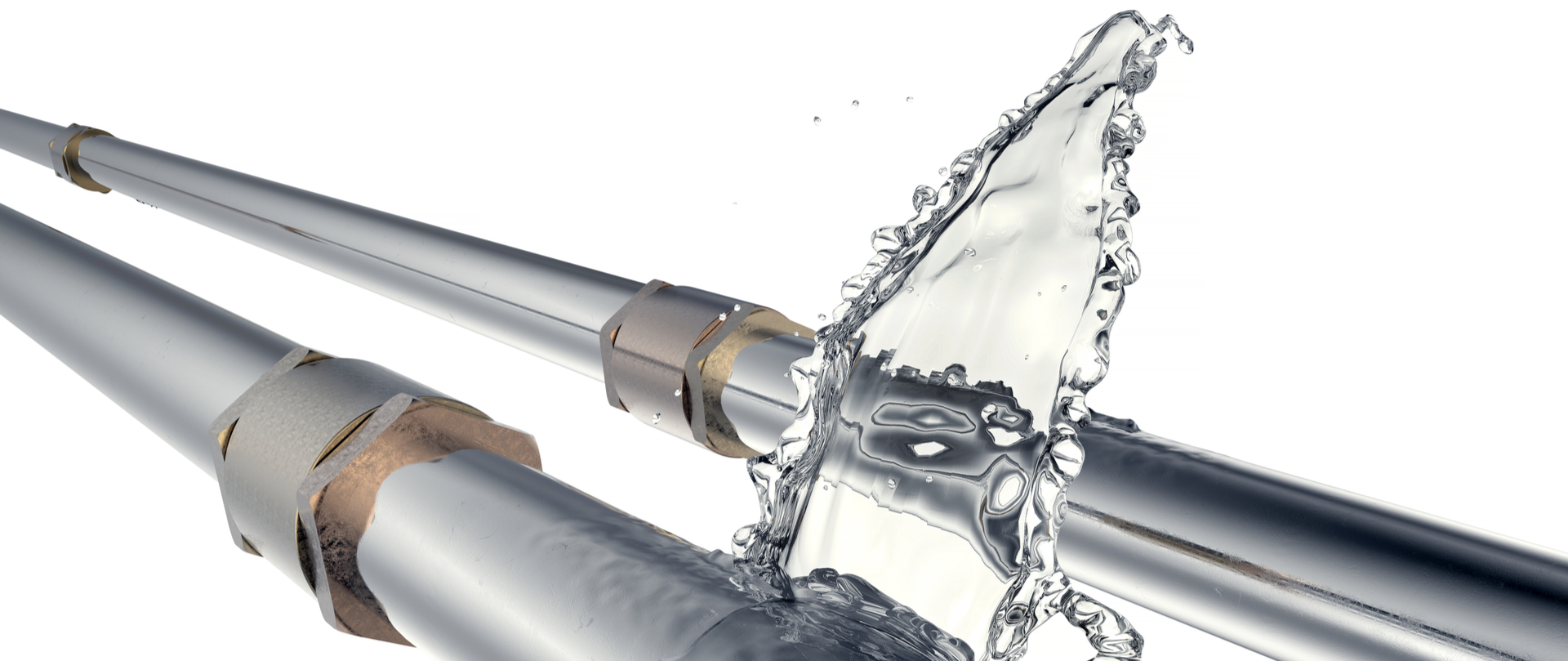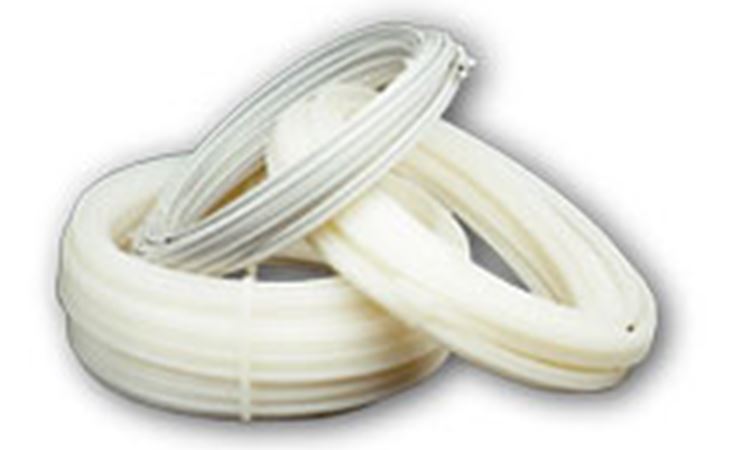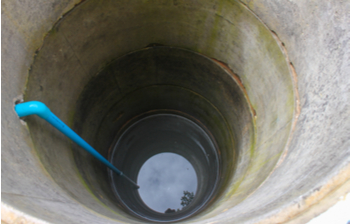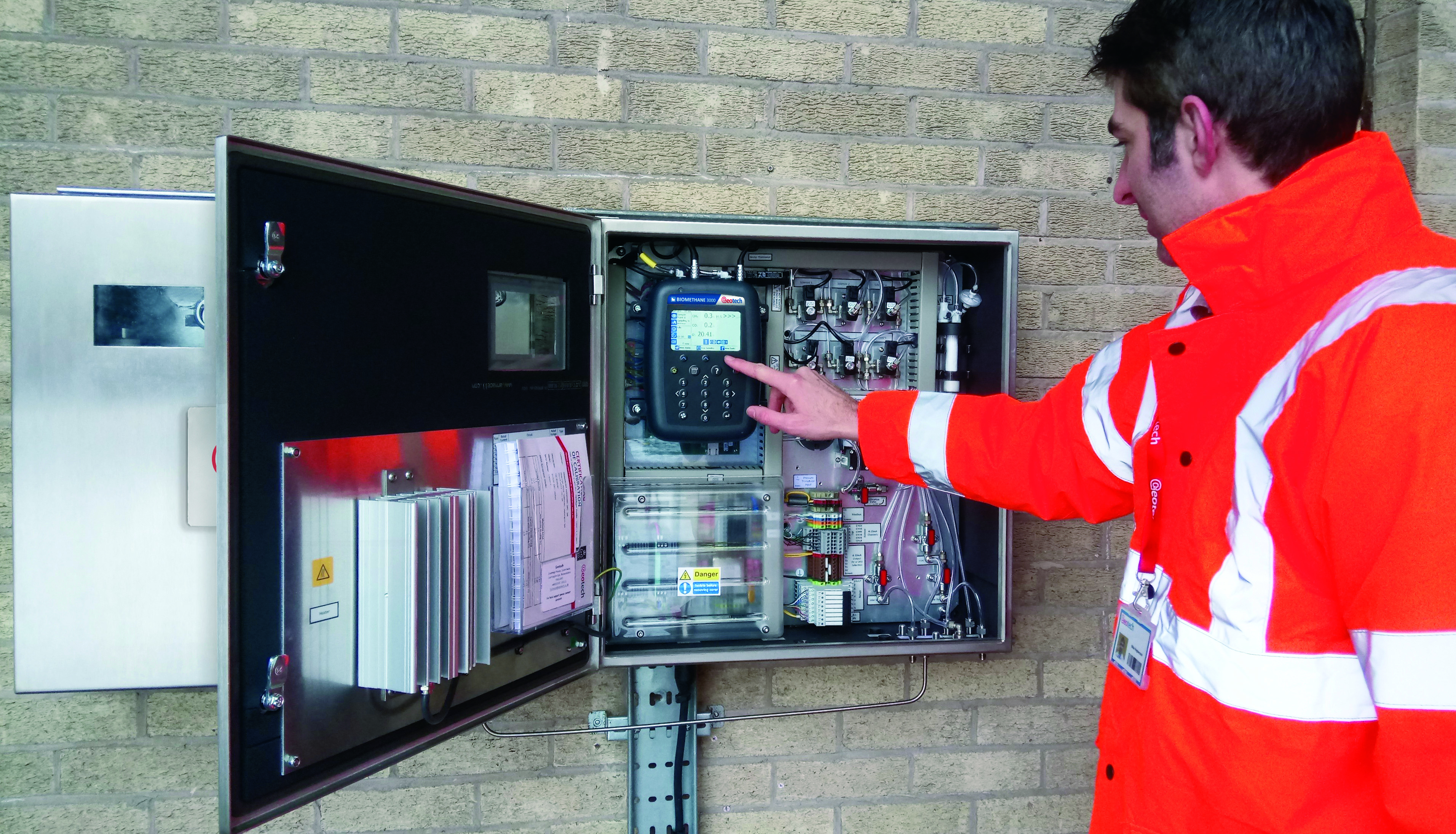Water Leak Detection
Water leaks are one of the most common problems that businesses and homeowners face. If left undetected, water leaks can cause serious damage to your office or home and also lead to an increase in your water bill. There are a few different ways that you can detect water leaks, but the most effective way is to use a water leak detector. Water leak detectors are devices that are specifically designed to detect the presence of water and then sound an alarm to alert you of the leak.
What is considered a leak
There are many things that can be considered a leak, but the most common thing that people think of when they hear the word “leak” is a hole or crack in a pipe that is allowing water to escape.
In general, a leak is anything that allows water or other fluids to escape from their intended containment. This can happen due to a variety of reasons, such as poor design, damage, or wear and tear.
Leaks can be small and barely noticeable. But in many cases, they can be large and cause extensive damage. Some leaks are simply annoying, while others can lead to serious health problems.
Common causes for commercial water leaks
There are many different potential causes of commercial water leaks. One of the most common causes is a faulty or damaged pipe. This can be due to age, corrosion, or damage from construction or other work in the area.
Another common cause is a leaking valve, which can allow water to escape even when the valve is closed. In some cases, leaks can also be caused by problems with the fixtures or appliances in your business, such as a leaking toilet or sink. If you suspect you have a water leak, it's important to have it checked out as soon as possible to avoid costly damage to your property.

Ways to prevent a water leak onsite
There are many ways to prevent water leaks on a construction site. One way is to make sure that all pipes and fittings are properly installed and tightened. Using proper backfilling techniques when installing underground piping is an alternative method, which is commonly used too. It’s also important to have a good understanding of the site's drainage system and to make sure that all drains are clear and free of debris.
Tips for spotting a leak
- Listen for leaks. This is the most common way people discover water leaks. Simply pay attention to the sound of running water, especially when it isn’t supposed to be.
- Look out for movement. Watch for movements in pipes under sinks and toilets that might indicate leaks have formed inside them. If this happens, immediately turn off the valves under those pipes.
- Damp spots. Look for damp spots on floors and walls, which are occasionally caused by condensation caused by leaking pipes. However, sometimes these spots may just be from moisture buildup. If you notice any dampness on floors or walls around where water enters your home, such as near windows, look closer at those areas. They may indicate problems with plumbing connections or other issues with drainage within the walls themselves rather than being caused strictly by leaking pipes above ground level (in which case these damp spots wouldn’t appear).
Why survey for leaks?
A good way to find errors in records and meters and determine how serious the leakage is. In addition, some financial institutions may require the audit as a condition for loans or grants.
What benefits will I get?
Reduced costs for pumping, treating, and transporting water, and preserving water supplies for future use.
How do I do it?
Professional instrument for pre-localization and classification of gas leaks. It is easy to use and is suitable for technicians who are all on call or handling an emergency. It has the automatic scale and it can be calibrated for CH4 and /or C3H8, available with Bluetooth.




